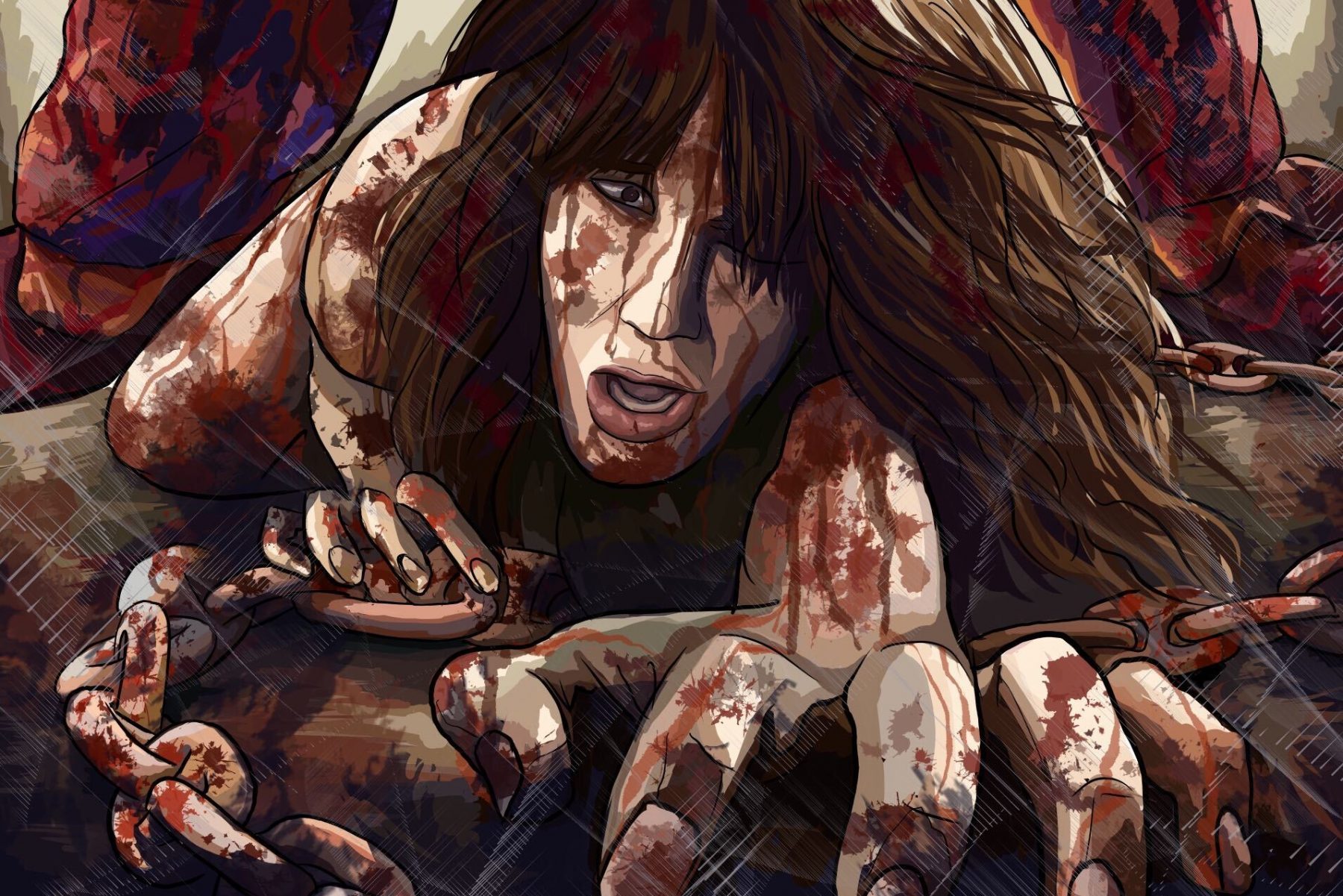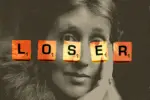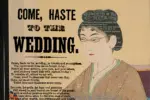Every year, San Diego State University’s Center for the Study of Women in Television and Film releases a report called “It’s a Man’s (Celluloid) World,” which breaks down the representation of women in movies. The movie industry isn’t well known for being very diverse in any way, and gender is no exception.
According to the report, although women made up 40% of protagonists in the top movies from 2019, they still only comprised 34% of speaking characters overall, meaning we still have a long way to go when it comes to the representation of women in movies (and even longer for the representation of people of color and LGBTQ+ people).
Interestingly, the report also broke down protagonists’ genders by movie genre, and it found that women were most likely to be featured as protagonists in horror movies, with the horror genre accounting for 26% of female leads.
For fans of horror movies, the statistic probably doesn’t come as much of a surprise. Women’s roles in horror movies are undoubtably controversial but not because there are a lack of them. Second only to music, horror is the genre that is most likely to pass the Bechdel Test at close to 70% of horror movies.
The Bechdel Test is by no means a perfect way of assessing the representation of women in movies, but the bar it sets for movies is so low that it does offer insights into just how bad women’s roles in movies often are and how horror movies frequently overrule that trend.
Despite having more roles for women compared to other film genres, horror movies are often criticized for being overtly misogynistic because of the way female characters are represented. There are several common critiques that come up in feminist theory about how horror movies represent women.
One critique is that female characters are often objectified, and the gruesome suffering they face as victims of male villains is sexualized for the pleasure of male viewers. Another is of the way horror movies tend to offer a negative view of female sexuality, with many slasher films following the trope that women who have sex are the first to die while women who remain pure and virginal are the ones who make it to the end.
Fortunately, horror movies are evolving, and many of the critiques aren’t relevant to the genre as a whole anymore. Many horror movies subvert the misogynistic tropes and feature strong female leads whose fates are not dictated by their sexuality or by male characters. Based on those ideas, here are four great feminist horror movies you should check out.
1. “A Girl Walks Home Alone at Night”
This 2014 movie is in no way a typical horror movie, but it still includes enough elements of the genre to fit into the list. It’s been called an “Iranian vampire Western,” which is a decent way to describe the movie in as few words as possible.
If that description didn’t give it away, “A Girl Walks Home Alone at Night” is undeniably strange, but it’s also a beautiful and brilliant feminist horror movie that I would highly recommend.
Without revealing too much, I’ll say that the movie follows a main character known only as “the girl,” a skateboarding, chador-wearing teenage vampire who feeds on men who are violent toward women. Instead of the girl being preyed upon by violent men as the title might suggest, she is the one who hunts down the men that perpetrate violence, which is a concept that’s just as hardcore as it is feminist.
2. “The Witch”
“The Witch” is set in Puritan New England in the year 1630 and begins after a family of six is banished from their settlement for having heretical religious views. The movie’s main character is Thomasin, the eldest teenage daughter of William and Katherine. The story focuses on her swiftly deteriorating relationship with her family as her siblings are picked off by unexplainable supernatural forces, leading Thomasin’s parents to accuse her of witchcraft.
Historically, women who didn’t conform to the strict values of patriarchal society were labeled as witches. Thomasin is labeled as a witch in part because her mother blames her for bewitching her brother and father, at one point screaming, “Did you not think I saw thy sluttish looks to him bewitching his eye as any whore?”
Based on the gendered history of accusations of witchcraft, it would be difficult to make a movie about witches without it feeling feminist in some way. “The Witch” particularly focuses on female sexuality and on a girl overcoming the gender-based suppression she faces from her own family, making it another great example of a feminist horror movie.
3. “Ginger Snaps”
“Ginger Snaps” takes the typically masculine werewolf narrative and turns lycanthropy into a metaphor for female sexuality and puberty, which makes for an interesting feminist take on this particular subgenre of horror films.
After the main character, Ginger, is attacked by a werewolf, she begins to transform into one herself. Her transformation into a werewolf is connected with her first period, making the metaphor between lycanthropy and puberty pretty obvious. Ginger’s transformation is marked by hair growth, aggression and cravings for both human flesh and sexual intimacy.
The connection between Ginger’s developing sexuality and her transformation into a literal monster is a brilliant nod to the way that women’s sexuality is constantly demonized in real life. Women and young girls are frequently blamed for men’s sexual advances toward them.
In short, female sexuality is viewed as dangerous and a temptation for men, and women who embrace their sexuality are seen as especially dangerous. By making comparisons to werewolf transformations, “Ginger Snaps” provides a great example of feminist horror that comments on society’s views of female sexuality.
4. “Jennifer’s Body”
When “Jennifer’s Body” came out in 2009, it was controversial and blasted by critics, but it has now become somewhat of a cult classic — specifically for women and the queer community.
The failure of “Jennifer’s Body” when it was originally released was the fault of the marketing department. The movie was directed and written by two women with an intended audience of women. However, the production company instead marketed it to straight men by focusing exclusively on sexualizing the main actress, Megan Fox, in all of the promotions for the movie.
“Jennifer’s Body” is not a horror movie made for men. It’s a movie about the friendship between two women and the way Jennifer turns her sexuality into a weapon to get revenge on men who have objectified her. The movie subverts classic horror tropes about women’s sexuality in a compelling way, and while it might not be a masterpiece, I’m glad it’s finally getting recognized.
“Jennifer’s Body” is more of a horror-comedy flick than a true horror movie. But despite its comedic aspects and controversial release, I still feel like it deserves a spot on the list of feminist horror films, if only to help make up for the tragedy that was its marketing strategy.

















